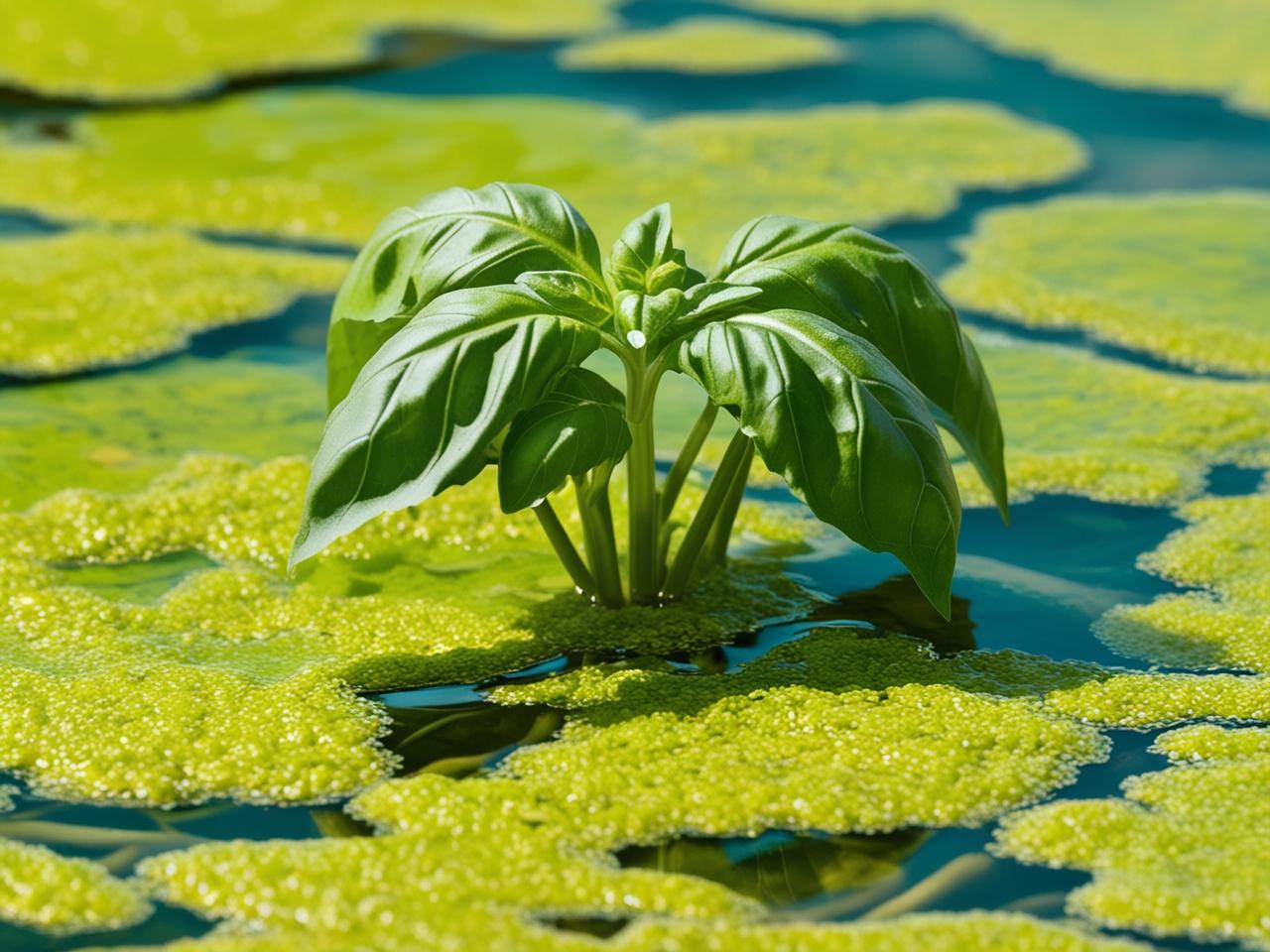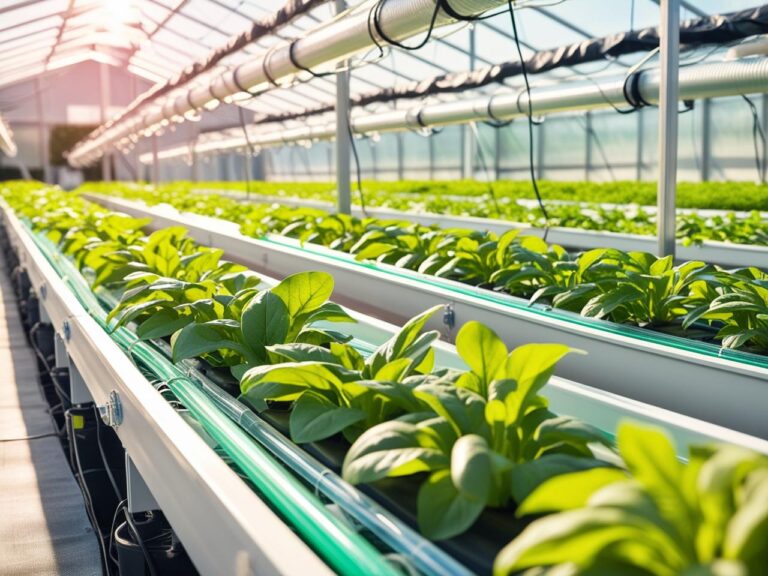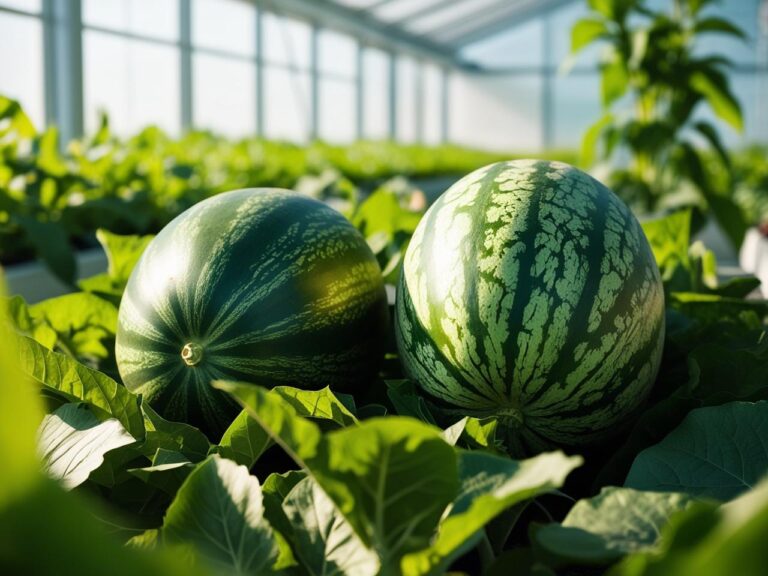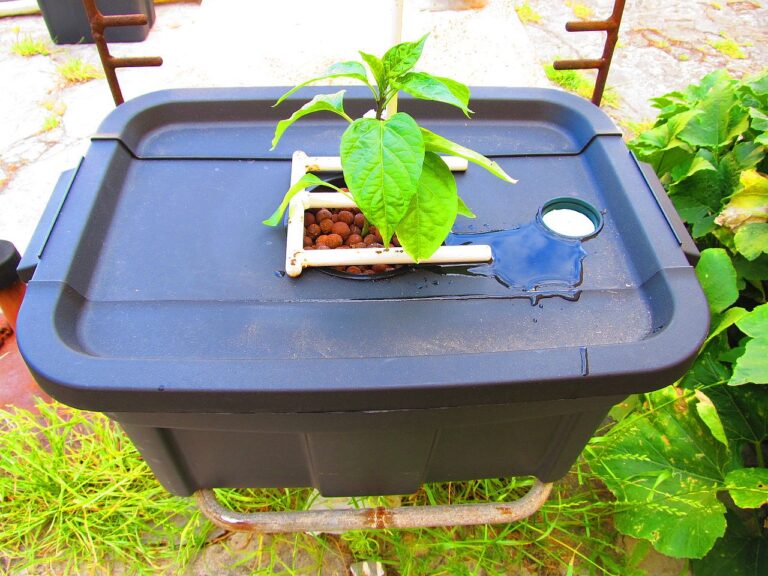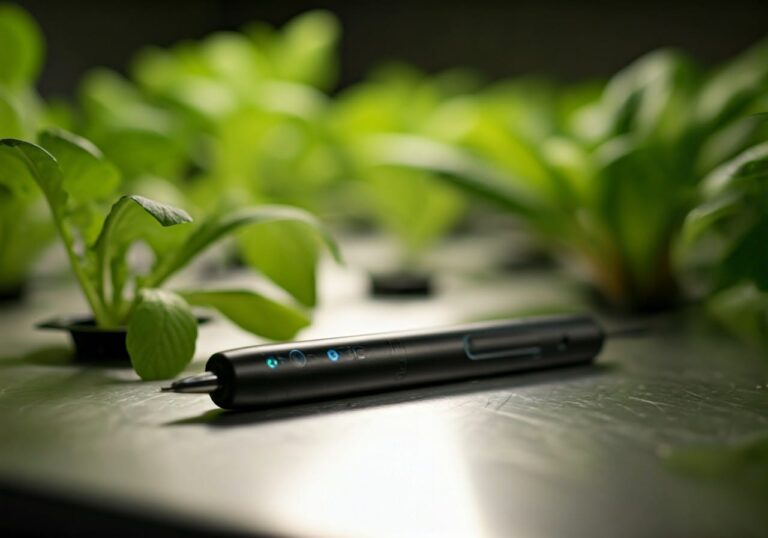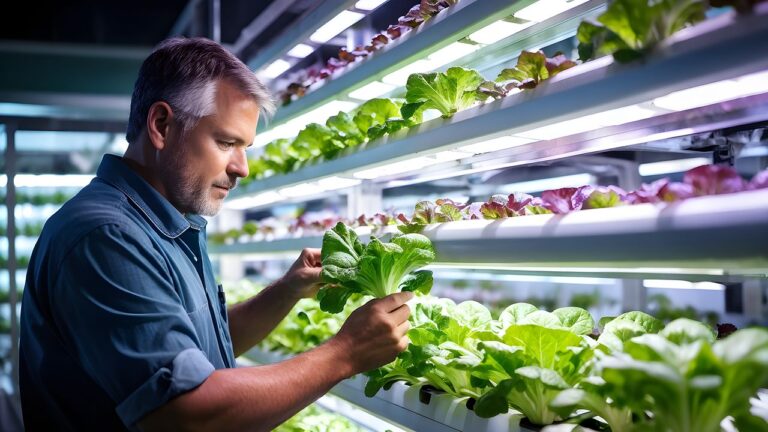How to Prevent Algae Growth in Your Hydroponic System
Algae can quickly become a nuisance in hydroponic systems, compromising water quality, clogging equipment, and competing with your plants for nutrients and oxygen. While it’s impossible to eliminate algae completely, you can implement effective strategies to keep its growth under control. Here’s a comprehensive guide to help you prevent algae growth in your hydroponic setup.
What Causes Algae Growth in Hydroponics?
Algae thrive in environments with these factors:
- Light Exposure: Algae need light to photosynthesize, so any light hitting your nutrient solution can trigger growth.
- Nutrient-Rich Water: Hydroponic systems provide a nutrient-rich environment, making them perfect for algae growth.
- Stagnant Water: Poor water circulation can create ideal conditions for algae to settle and grow.
Related: How to Choose the Best Hydroponic Nutrients for Your Garden
1. Minimize Light Exposure
- Cover Reservoirs: Use opaque covers or lids on your water reservoirs to block light from reaching the nutrient solution.
- Use Black Tubing: For any tubing in your system, opt for black or opaque versions to prevent light penetration.
- Shield Growing Areas: Ensure grow lights are directed only at plants and not spilling into the nutrient reservoirs.
2. Maintain Cleanliness
- Regular Cleaning: Clean system components, such as tanks, tubes, and grow trays, to remove algae and other debris.
- Sanitize Tools: Always use sanitized tools to prevent introducing contaminants.
- Flush Systems Periodically: Perform regular water changes and flush the system to prevent nutrient build-up that encourages algae growth.
3. Optimize Water Flow
- Increase Circulation: Use water pumps or air stones to keep the water moving, as stagnant water is a breeding ground for algae.
- Install a Filter: Consider adding a filter to your system to remove small particles and algae spores.
4. Use Beneficial Additives
- Hydrogen Peroxide: Add food-grade hydrogen peroxide in small amounts to control algae. Follow manufacturer recommendations for safe use.
- Enzymes and Beneficial Microbes: These can help break down organic matter, making it less available for algae to thrive.
5. Monitor and Adjust Nutrient Levels
- Avoid Overfeeding Plants: Excess nutrients in the water can fuel algae growth. Stick to recommended nutrient dosages.
- Test Water Regularly: Use tools like a TDS meter or EC meter to ensure nutrient levels are balanced.
Related: 10 Must-Have Tools for a Successful Hydroponic Garden
6. Introduce Natural Algae Control
- Use UV Sterilizers: These devices kill algae spores in the water without harming plants.
- Opt for Algae-Eating Fish: If you’re running an aquaponics system, algae-eating fish like plecos can help manage growth.
7. Preventative Maintenance Schedule
Set up a regular maintenance schedule to check for early signs of algae. Inspect reservoirs, monitor light leaks, and clean system parts consistently.
Signs of Algae Growth to Watch For
- Green, brown, or slimy films on water surfaces or system components.
- Cloudy or discolored nutrient water.
- Foul odors coming from your system.
Why Controlling Algae Matters
Algae can deplete oxygen levels, clog equipment, and affect plant health. Keeping algae at bay ensures your plants receive the best environment for optimal growth and productivity.
Conclusion
Preventing algae growth in your hydroponic system is about creating an environment where algae can’t thrive. By minimizing light exposure, maintaining cleanliness, and optimizing water flow, you can enjoy a healthy and efficient hydroponic setup. Regular maintenance and a proactive approach will save you time, effort, and potential plant loss in the long run.

